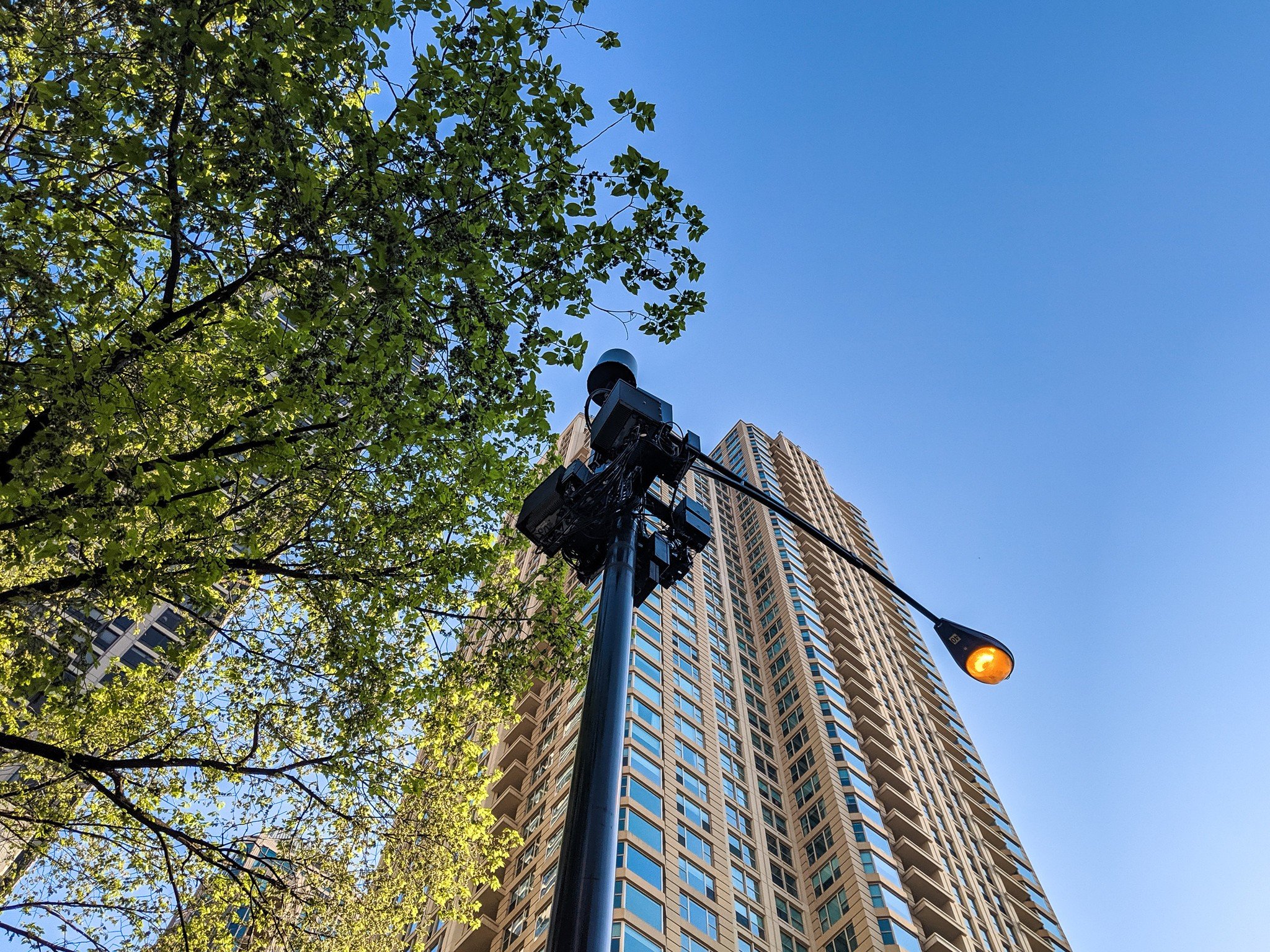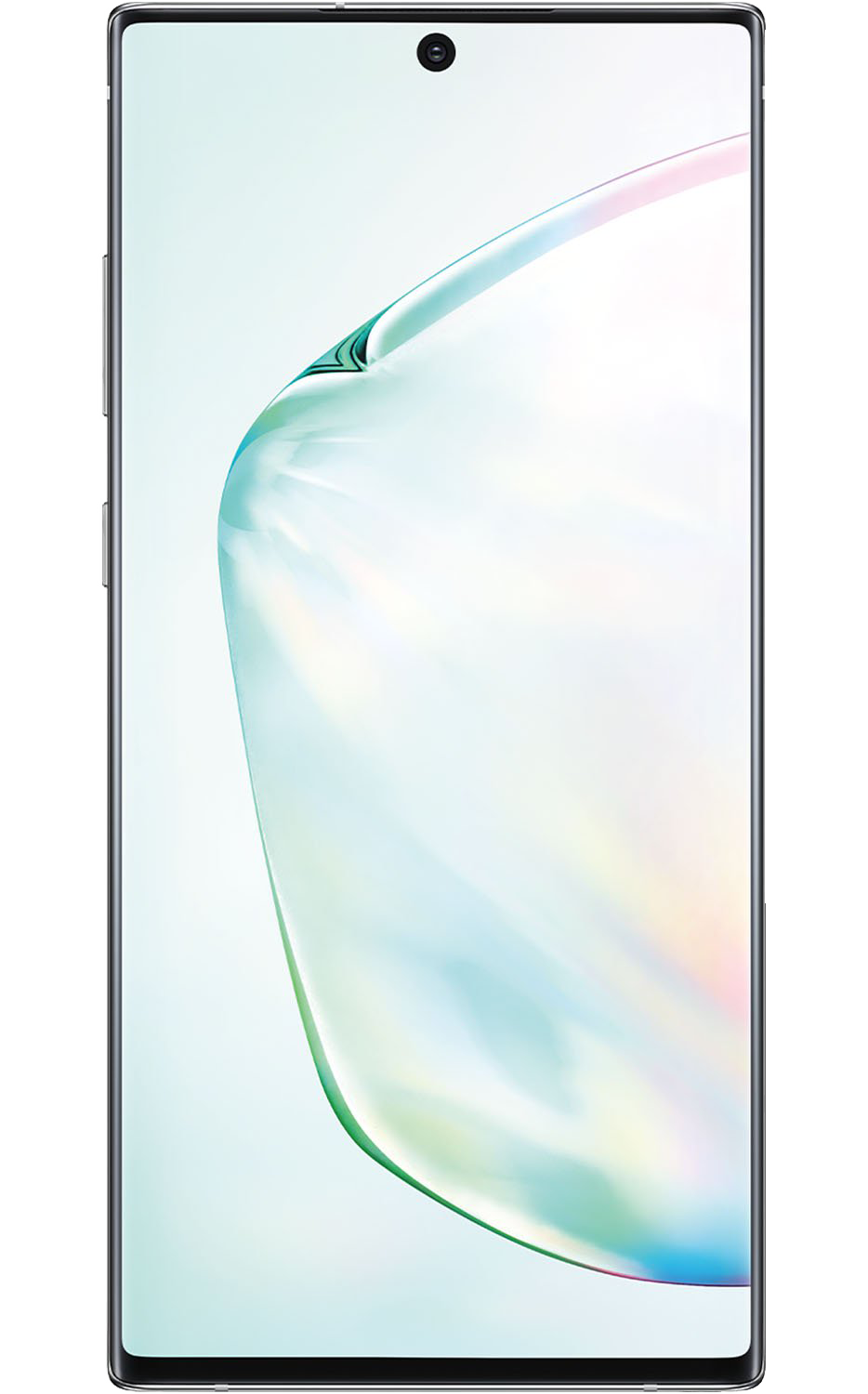Why Sub-6 is better than mmWave for the immediate 5G future - kylecionarsellar
 Source: Humanoid Central
Source: Humanoid Central
To build a 5G cell predominate, you need a fiber sensory system internet connection, some 5G cell equipment, and something tall to stick the equipment to. The electronic components can be built offsite and shipped where they indigence to go but when IT comes to actually building a tower, IT sack take a long metre. Sub-6 5G buttocks bash more with fewer cell sites and fix use of the towers a carrier already has. Sub-6 helps carriers improve the hurry and consistency of Mobile broadband often more quickly than is imaginable with a mmWave deployment.
Fast-paced phone with 5G

Galaxy Banker's bill+10 5G
With support for Poor boy-6 and mmWave
Samsung's Galaxy Note10+ combines support for all of T-Mobile's 5G bands with a great camera and screen. Use the S-Playpen and huge battery to nominate the most of your mobile network out from home.
What does Hoagie-6 and mmWave mean?
Millimeter wave, or mmWave, 5G is named in credit to the relatively short distance between radio wave peaks when broadcast medium at very eminent frequencies. These frequencies range from 24 GHz up to around 39 GHz. This spectrum is available in large chunks allowing for very fast transmission speeds with a firm signal.
Sub-6 GHz 5G refers to 5G deployments victimisation spectrum under 6 GHz. This mostly refers to Sprint's middle-band 2.5 GHz spectrum as well as the low-banding 600 Mhz used by T-Mobile and U.S. Cellular as well A AT&T at 850 MHz. This 5G spectrum has been the key to T-Mobile's 5G deployment thanks to its far-reaching insurance coverage and the fact that it could be installed alongside 4G LTE equipment.
 Source: Android Central
Source: Android Central
Lower frequencies buns penetrate further into buildings and cover greater areas around towers ahead attenuation out. You can level observe degradation in higher frequencies with a Wi-Fi router that transmits both 2.4 GHz and 5 GHz signals. As you put more aloofness and objects between your phone and router, the 2.4 GHz signal will accomplish farther than the 5GHz betoken.
Similar to 5G, the higher frequency Wi-Fi signals have wider channels allowing for higher speeds American Samoa long as you are within range. 5G victimization mmWave operates above 24 GHz with huge chunks of spectrum. In fact. AT&T has over 600 Mhz of bandwidth available to its mmWave network on average and can fork out amazing fiber-like speeds.
Depress-band 5G signals such arsenic Sprint's 2.5 GHz deployment can just access around 150 M of spectrum, conditional the area, and will have a substantially lower top speed as a result. T-Movable has less spectrum at 600 Megacycle per second than Sprint does but makes upfield for it with greater range.
Explaining 5G: Millimeter wave, fill in-6, low-band and unusual terms you need to get laid
 Source: Andrew Martonik / Android Central
Source: Andrew Martonik / Android Central
T-Transplantable's 5G can put upwardly any bad unobjectionable speed test results, easily topping 100 Mbps in many places. In new places, a well developed 4G mesh can still personify about arsenic fast or even faster. So wherefore eventide bother with Sub-6 5G?
There's a limit to how many connections a towboa can handle at in one case.
If a tower reaches a point of saturation, new connections will bear to wait in pipeline until things elucidate. If things get too busy, connections might overleap. As a customer, a dropped connection can be pretty frustrating.
MIMO, or multiple input multiple output, has been used in LTE for quite an while to handle connections. MIMO uses several antennas to serve much connections at once from a single tower. 5G implements massive MIMO which has many more antennas in all tower than LTE MIMO and can cover more simultaneous connections, including multiple connections to a single gimmick.
While this improvement won't register well in a speed test app, it will allow the tower to multitask much better especially with a lot of users connected. Even though Sub-6 won't get the huge speed improvements seen with mmWave, it will have importantly improved capacity over 4G and this alone is a worthwhile step towards a fully integrated 5G network.
Carriers already employment a conflate of higher and lower frequencies in LTE.
The perfect 5G setup includes high-band mmWave 5G in thickly populated urban areas with U-boat-6 spectrum providing enough coverage for suburban and rural areas. Newer 5G phones will be able to seamlessly switch between the different 5G bands with near no hearable gap in service.
Every major carrier has plans to build some mmWave and Sub-6 5G to work together with T-Mobile, preferring to start with its lowest bands and working up unfinished the acquisition of Dash's middle-of-the-road 2.5 GHz spectrum. This approach is better for the immediate future of 5G since information technology will bestow improvements in smaller stairs merely much much quickly than going straight for mmWave while keeping the door open for major improvement down the traveling.
Verizon has been pushy 5G as hard as whatsoever new newsboy only with only mmWave organism built, coverage is bad and isn't worth it for most mass to even bother with a 5G capable phone. Flatbottom considering the speeds.
 Source: Hayato Huseman / Android Nuclear
Source: Hayato Huseman / Android Nuclear
It's worth memory how much speed populate really deman. Netflix, for example, only recommends 25Mbps for 4K video recording streams. It's great fun to see the needle on a speed test app max out on mmWave but when you're using your device normally, it's not nearly American Samoa important. For well-nig people, the speeds on hand on a good 4G are more adequate and Sub-6 5G improves on it. Positive, the added features that attach to 5G will help keep the network fast when more citizenry start upgrading their phones.
Sub-6 makes more sense
One of the most important aspects of Submarine sandwich-6 5G is large MIMO which allows for more co-occurrent connections, better consistence in dense areas, and a stronger base to grow on. As time goes happening, mmWave 5G will slow cover more people and express us into a wireless future. For the immediate future, 5G on Sub-6 will do to a greater extent to bring better speeds and greater consistency to mobile broadband with a clear ascent path for faster 5G deployments.
Speedy earphone with 5G

Wandflower Note+10 5G
With support for Sub-6 and mmWave
Samsung's Galaxy Note10+ combines back up for all of T-Mobile's 5G bands with a great camera and screen. Purpose the S-Compose and huge battery to make the most of your mobile network away from home.

Great picks
The Galaxy S21 Ultra is the best phone at T-Mobile
T-Versatile has a mete out of phones on its roll, thus it's single natural that you might be wondering which is the best Android phone the carrier offers. We've got you covered with the best options you can buy right immediately.
Source: https://www.androidcentral.com/why-sub-6-better-mmwave-immediate-5g-future
Posted by: kylecionarsellar.blogspot.com



0 Response to "Why Sub-6 is better than mmWave for the immediate 5G future - kylecionarsellar"
Post a Comment